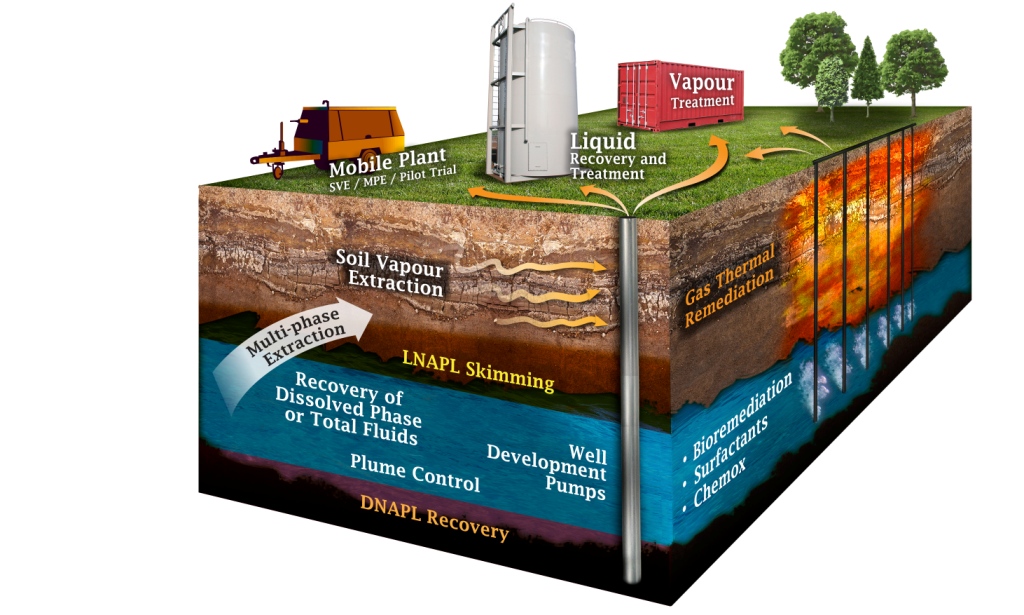Trichloroethylene is a blue or colorless liquid that smells like chloroform and is widely used as a degreaser and in the manufacturing of textiles. It is actually nonflammable and really risky. Trichloroethylene can contaminate drinking water from leaks, evaporation and also accidental spills from storage tanks.
Trichloroethylene is a health risk. Trichloroethylene (TCE) is a particularly toxic solvent usually discovered in degreasing agents, cleaning agents, and fixatives for arts & craft applications . This is certainly interrelated with heart malformations in fetuses, kidney adverse reactions including neurotoxicity, cancer, imunotoxicity and liver toxicity. The young and elderly are becoming at risk of the health side effects of trichloroethylene.
Soil contaminants just like trichloroethylene – when it is used to clean certain things in manufacture they will get trapped in sediment grains in the soil. Once caught , they’re really difficult to remove , A small amount may pollute a massive amount of groundwater and can be a very long-term issue .
Groundwater and soil contamination is a global environmental issue . At many current and former manufacturing areas, subsurface environment is polluted by various kinds of toxic compounds because of the outlawed dumping or unintended spills . Various methods and remediation technologies are usually used by TCE removal companies to deal with the problem.
Many Industrialized countries are not resistant from groundwater and soil contamination issues. Large quantities of various contaminants have been noticed in groundwater and soil at many areas in the industrialized countries. In this manner , more efficient remedial technologies are needed to remediate groundwater and soil contaminated sites , Many TCE removal companies has created effective , simple , and cost-effective groundwater and soil remediation technologies for TCE removal . Such systems might possibly be modified based on the site conditions to comply with the remedial standards.

